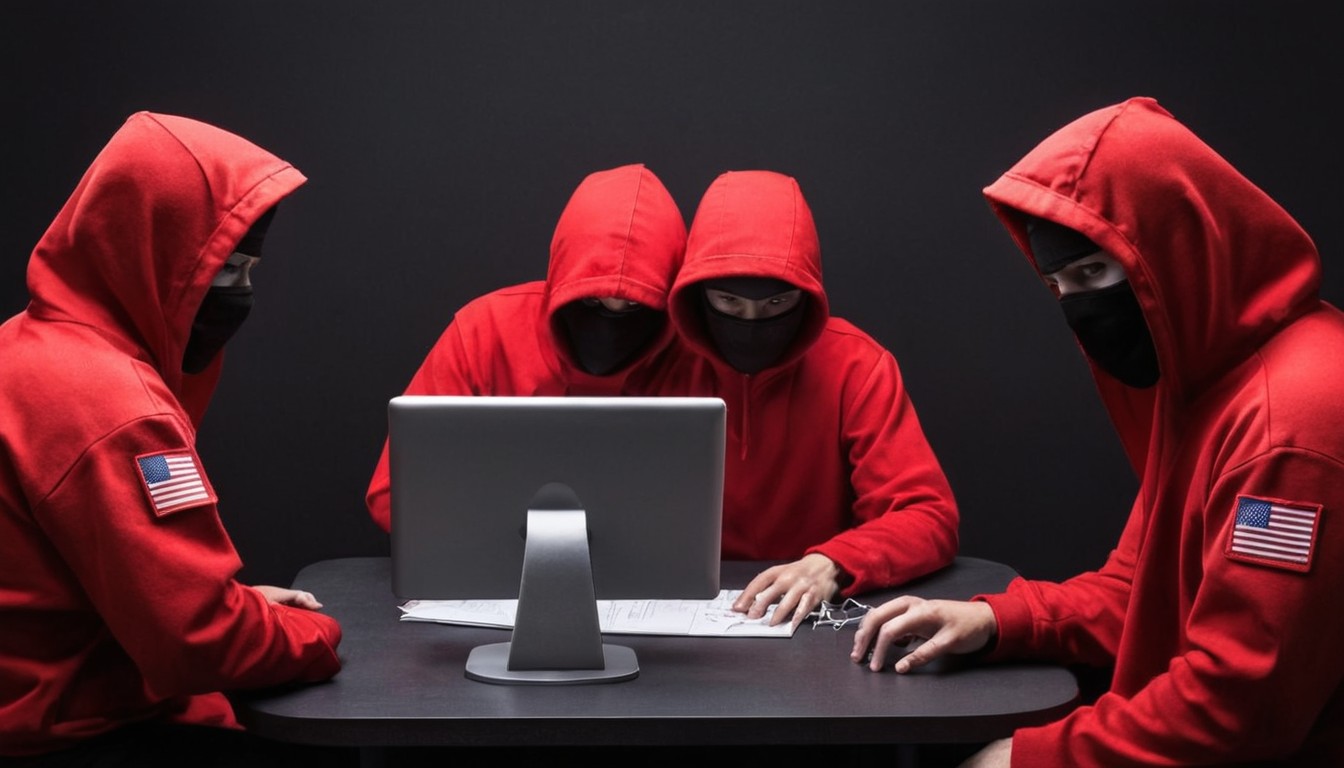In the dynamic landscape of cybersecurity, staying ahead of potential threats requires a multi-faceted approach. In this blog post, we delve into the art of coordinated red team and threat hunting exercises, showcasing how SafeNet’s Red Team combines expertise and innovation to fortify defenses against evolving cyber threats.
Understanding the Red Team Approach:
SafeNet’s Red Team operates on the principle of simulating real-world cyber attacks to identify vulnerabilities and weaknesses within an organization’s security posture. This proactive approach enables us to uncover potential threats before malicious actors can exploit them, ensuring a resilient defense against evolving cyber threats.
Key Components of Coordinated Red Team and Threat Hunting Exercises:
- Strategic Planning and Objectives: SafeNet’s Red Team begins by meticulously planning coordinated exercises, setting specific objectives aligned with the organization’s risk profile. This ensures that the simulations are relevant, targeted, and provide valuable insights into potential weaknesses.
- Simulating Realistic Threat Scenarios: The art of a coordinated red team exercise lies in crafting realistic threat scenarios that mirror the tactics, techniques, and procedures (TTPs) of actual adversaries. SafeNet’s Red Team leverages its expertise to simulate sophisticated cyber attacks, providing a comprehensive assessment of an organization’s defenses.
- Continuous Monitoring and Adversarial Simulation: Coordinated exercises involve continuous monitoring of the simulated attacks, allowing SafeNet’s Red Team to adapt and evolve their strategies dynamically. This adversarial simulation mirrors the ever-changing tactics employed by real-world threat actors, providing a more accurate evaluation of an organization’s defensive capabilities.
- Threat Intelligence Integration: SafeNet integrates threat intelligence into coordinated red team exercises, ensuring that simulations reflect the latest trends and emerging threats. This proactive approach enables organizations to anticipate and defend against new attack vectors before they become widespread.
The Role of Threat Hunting:
- Proactive Detection and Investigation: Threat hunting, a crucial component of SafeNet’s cybersecurity strategy, involves actively seeking out potential threats within an organization’s network. By leveraging advanced tools and analytics, our threat hunters proactively detect and investigate anomalies that may indicate a security breach.
- Correlation of Data and Behavior Analysis: SafeNet’s threat hunters correlate data from various sources and perform behavior analysis to identify subtle indicators of compromise. This meticulous process allows for the early detection of potential threats, preventing them from escalating into full-scale attacks.
- Feedback Loop and Continuous Improvement: Coordinated red team exercises and threat hunting work in tandem to create a feedback loop. Insights gained from each exercise inform improvements to defensive strategies, ensuring that organizations continuously enhance their security posture.
SafeNet’s Red Team, through the art of coordinated red team and threat hunting exercises, empowers organizations to navigate the complex landscape of cybersecurity with confidence. By adopting a proactive stance, leveraging threat intelligence, and embracing continuous improvement, SafeNet ensures that clients are well-prepared to defend against both current and future cyber threats. SafeNet remains committed to mastering the art of cyber defense, providing clients with the tools and strategies needed to stay ahead of adversaries.





